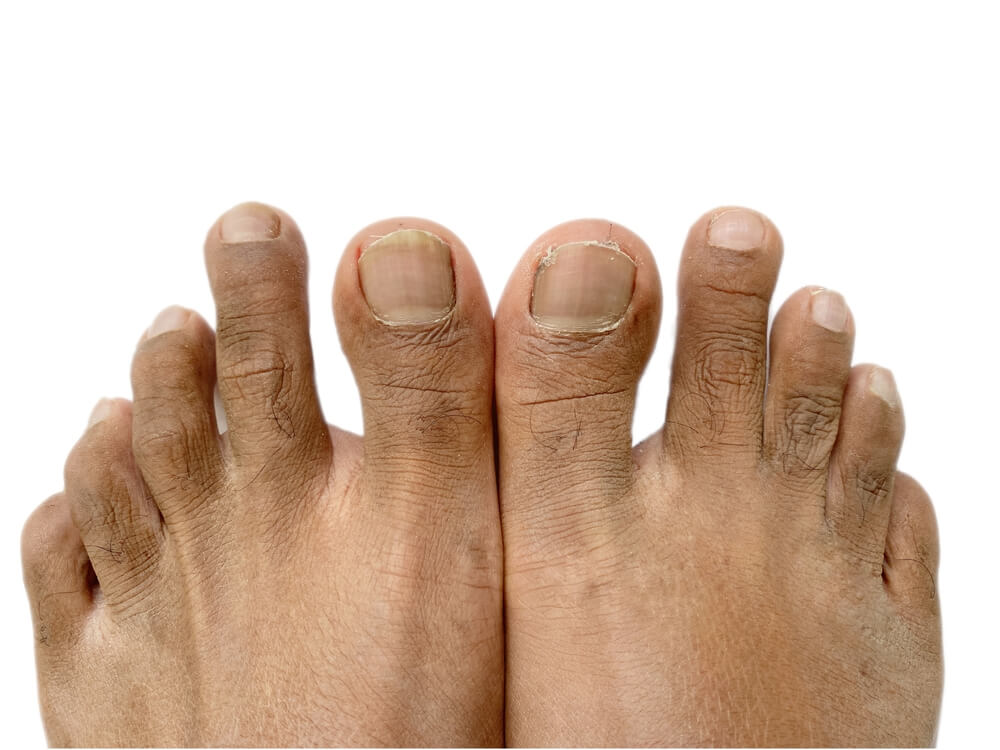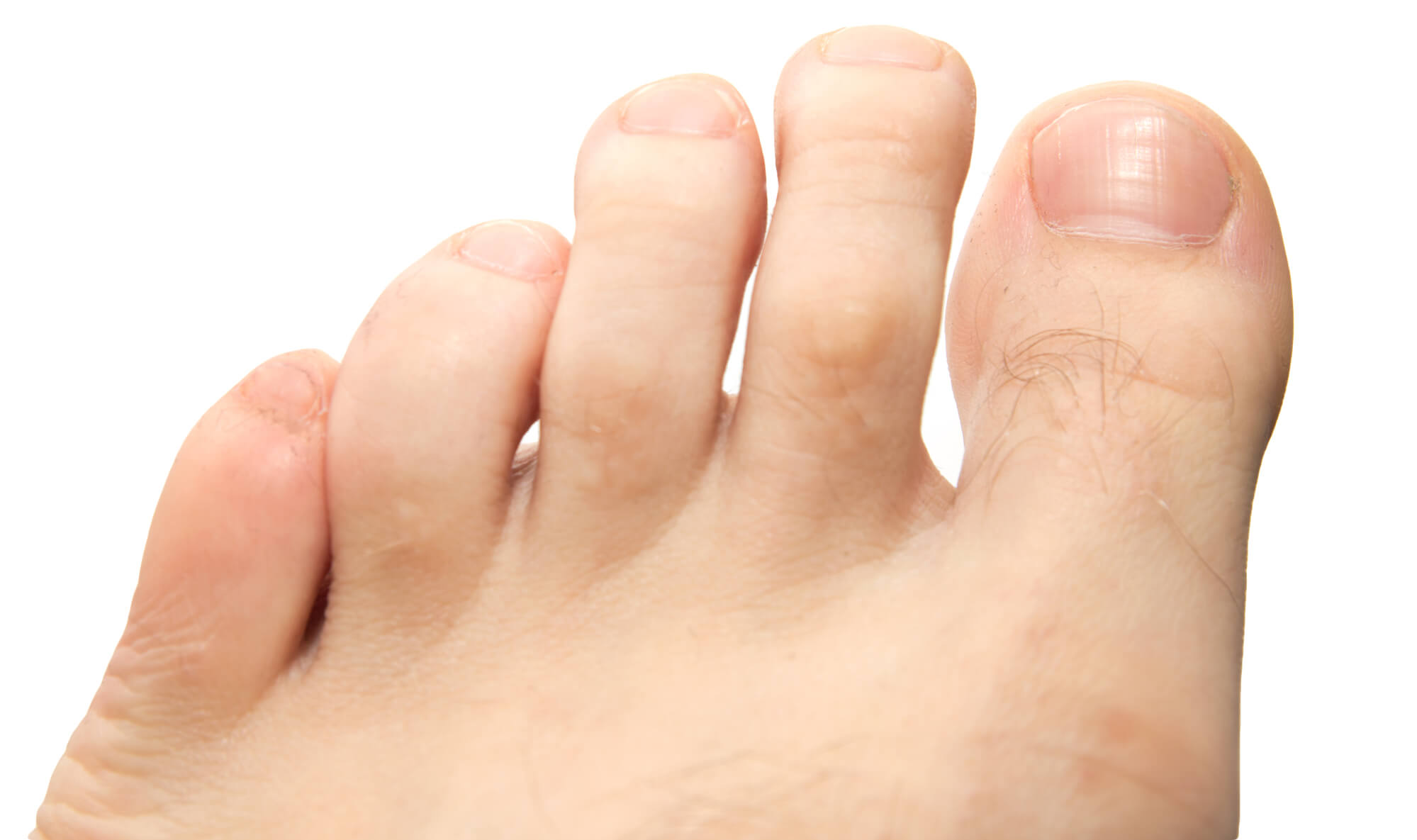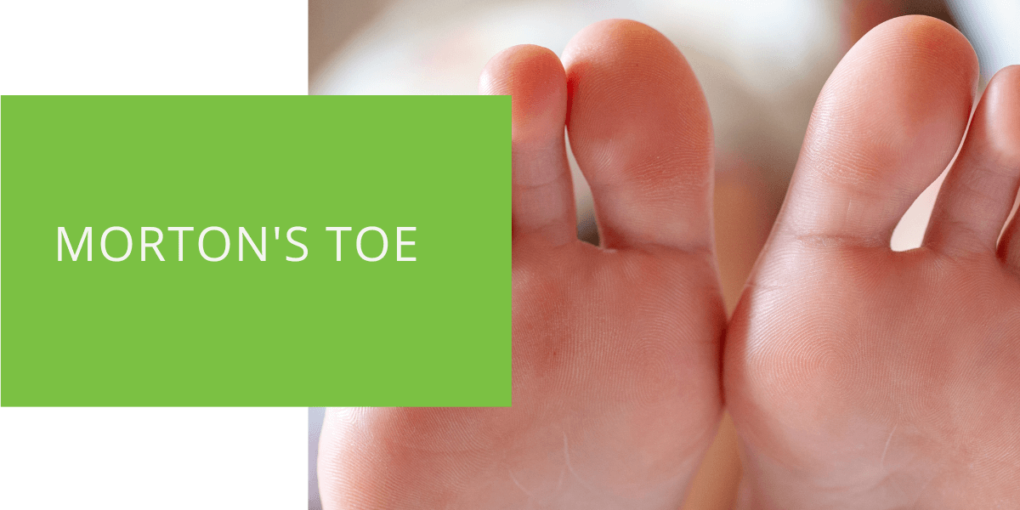Understanding Morton’s Toe
Morton's Toe is a foot condition that affects many people, but few understand what it is and how it can impact their foot health. This article will explore what Morton's Toe is, its symptoms, causes, and treatment options. We'll also provide tips on how to prevent it and when to see a podiatrist.
What is Morton's Toe?
Morton's Toe is a condition where the second toe is longer than the big toe, which can cause an array of foot problems. The metatarsal bone that attaches to the second toe is longer than the metatarsal bone that attaches to the big toe, which can lead to increased pressure on the ball of the foot, resulting in foot pain.
The condition can also cause changes in the foot's structure, such as an arch that is too high or too low. Morton's Toe can increase the likelihood of other foot problems, such as neuroma, callus, corn, and hammer toe. In some cases, it may even contribute to back pain.
Symptoms of Morton's Toe
Morton's Toe can cause a variety of symptoms, including:
- Pain in the ball of the foot, particularly under the second toe
- Callus or corn formation on the ball of the foot or under the second toe
- Hammer toe, which is a deformity in the toe that causes it to bend at the middle joint
- Thickening of the toenail on the second toe
- Back pain, which can be caused by changes in gait due to Morton's Toe

Causes of Morton's Toe
Morton's Toe is a genetic condition, meaning it's inherited from one or both parents. However, not everyone with the condition will experience symptoms.
One possible cause of Morton's Toe is brachymetatarsia, a condition where the metatarsal bone is shorter than usual. This can cause the second toe to appear longer than the big toe.
Another cause is a "Greek foot" structure, where the second toe is naturally longer than the big toe. This structure is more common in women than men.
Diagnosing Morton's Toe
A podiatrist can diagnose Morton's Toe through a physical examination, during which they will assess the length of the first and second toes and examine the structure of the foot. They may also ask about the patient's medical history and any symptoms they're experiencing.
In some cases, imaging tests, such as an X-ray, may be necessary to determine the severity of the condition and rule out other foot problems.
Treatment Options for Morton's Toe
Treatment for Morton's Toe will depend on the severity of the condition and the symptoms the patient is experiencing. Here are some common treatment options:
- Orthotics: Custom orthotics can help redistribute pressure on the ball of the foot and provide arch support, which can alleviate pain and improve foot function.
- Footwear modifications: Wearing shoes with a wide toe box and good arch support can also help alleviate pressure on the ball of the foot.
- Surgery: In rare cases, surgery may be necessary to shorten the first metatarsal bone or lengthen the second metatarsal bone.

Managing Symptoms of Morton's Toe
Morton's Toe can cause a variety of uncomfortable symptoms, such as foot pain, corns, and calluses. If you're experiencing these symptoms, there are several steps you can take to manage them and improve your foot health. Here are some tips to consider:
- Wear appropriate footwear: Wearing shoes that fit properly and have a wide toe box can help reduce pressure on the ball of the foot and alleviate discomfort. You should also look for shoes with good arch support to help maintain proper foot alignment.
- Use custom orthotics: A podiatrist can create custom orthotics designed to address your specific foot concerns, such as high arches or fallen arches. Orthotics can help redistribute pressure on the foot and provide additional cushioning and support.
- Take breaks: If you spend a lot of time on your feet, it's important to take frequent breaks to rest and stretch your feet. Try to avoid standing or walking for long periods of time without taking a break.
- Apply heat or cold: Applying heat or cold to your feet can help alleviate pain and reduce inflammation. You can use a warm foot soak or a cold compress, depending on your specific symptoms.
- Try at-home remedies: Several at-home remedies can help reduce foot pain and discomfort, such as foot massages, stretching exercises, and using foot pads or cushions.
If you're experiencing severe or persistent foot pain or other symptoms related to Morton's Toe, it's important to seek the advice of a podiatrist. A podiatrist can help diagnose your condition and provide appropriate treatment options to help manage your symptoms and improve your foot health.

Preventing Morton's Toe
There are several steps you can take to help prevent Morton's Toe, such as:
- Choosing shoes with a wide toe box and good arch support
- Wearing shoes that fit properly and don't crowd the toes
- Maintaining good foot hygiene
- Avoiding high heels or shoes that place excessive pressure on the ball of the foot
- Wearing shoes that provide good shock absorption to reduce the impact on the feet
If you suspect that you may have Morton's Toe, it's important to see a podiatrist for an accurate diagnosis and appropriate treatment.
When to See a Podiatrist
If you're experiencing foot pain or other symptoms related to Morton's Toe, it's important to see a podiatrist for an evaluation. A podiatrist can help diagnose the condition and provide treatment options to alleviate pain and prevent further foot problems.
Conclusion
Morton's Toe is a common foot condition that can cause a variety of foot problems, including foot pain, corns, and calluses. It's important to understand what Morton's Toe is, its symptoms, and potential treatment options. If you're experiencing foot pain or other symptoms, it's best to seek the advice of a podiatrist. With the right treatment, you can improve your foot health and reduce the risk of developing other foot problems in the future.

